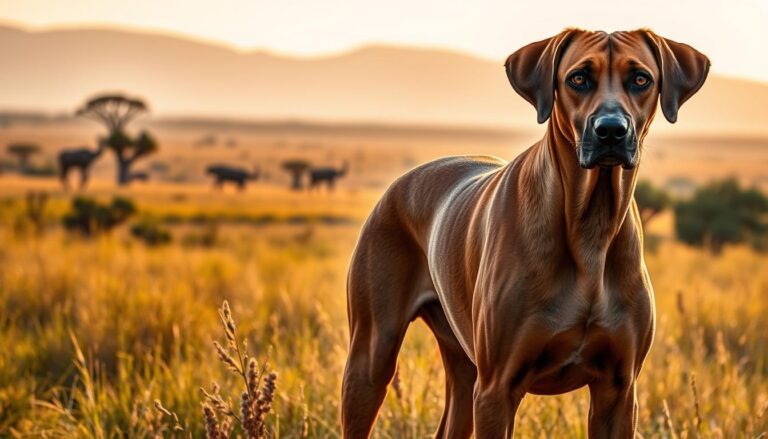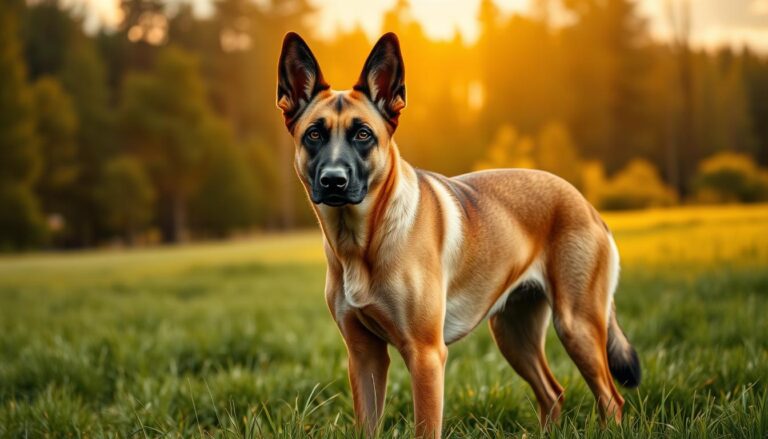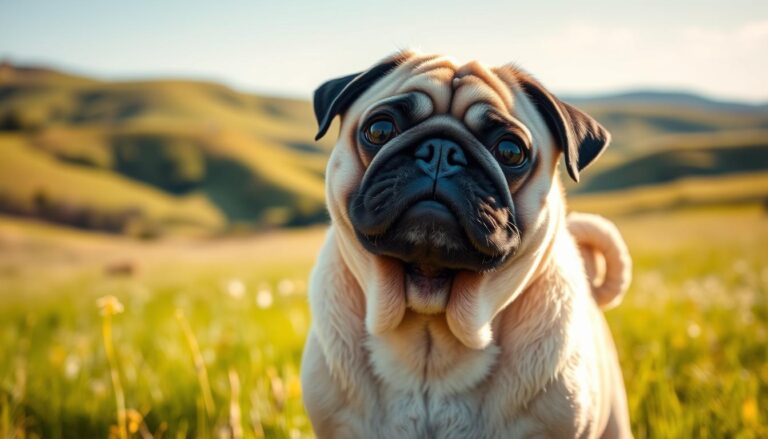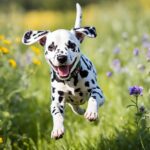Are you considering bringing a Siberian Husky into your home? These stunning dogs are known for their wolf-like appearance, playful personalities, and loving nature. However, owning a Siberian Husky requires a lot of responsibility and dedication. In this guide, we will cover everything you need to know about Siberian Huskies, from their history to their care and training.
Introduction
Siberian Huskies are a popular breed of dog that originated in northeastern Siberia. They were originally bred for use as sled dogs by the Chukchi people, and their powerful bodies and endurance make them excellent working dogs. However, in recent years, Siberian Huskies have become increasingly popular as family pets.
If you’re considering bringing a Siberian Husky into your home, it’s important to understand the unique challenges and responsibilities that come with owning one. Siberian Huskies are not the right breed for everyone, but if you’re willing to put in the time and effort required to care for them, they can make wonderful, loving companions.
Siberian Husky: Breed Overview
| Attribute | |
| Origin | Siberian Huskies originated in Siberia and were bred by the Chukchi people |
| History | Used as sled dogs, the breed gained popularity during the Alaskan gold rush |
| Affectionate with Family | Yes, they are affectionate with their family and love attention |
| Good with children | Yes, they are good with children and make great family pets |
| Good with other dogs | Yes, they are generally good with other dogs and can be quite social |
| Ideal Family | They do well with active families who can provide plenty of exercise |
| Space Requirements | They can do well in apartments as long as they get enough exercise |
| Shedding Level | High shedding breed that requires frequent grooming |
| Grooming Frequency | They require frequent grooming to maintain their thick coat |
| Coat Type | Double coat with a thick undercoat and a longer, coarser topcoat |
| Coat Length | Medium to long length coat |
| Drooling Level | Minimal drooling |
| Openness to Strangers | They are friendly with strangers and do not make good guard dogs |
| Playfulness | Siberian Huskies are highly active and playful dogs |
| Type of Dog | Watchdog, not a guard dog |
| Trainability | They can be difficult to train and may require a patient owner |
| Energy Level | High energy breed that requires plenty of exercise and mental stimulation |
| Barking Level | Siberian Huskies are not excessive barkers |
| Mental Stimulation Needs | They require plenty of mental stimulation to prevent boredom |
| Dietary Requirements | They do well on a high-quality diet that is tailored to their activity level |
History of Siberian Huskies

Siberian Huskies are one of the oldest breeds of dogs in the world, with a history that dates back more than 3,000 years. They were originally bred by the Chukchi people, who relied on them for transportation and hunting. Siberian Huskies were highly valued by the Chukchi, who treated them as members of their families and often slept with them at night to keep warm.
In the early 20th century, Siberian Huskies were imported to Alaska, where they were used as sled dogs during the gold rush. They quickly became popular among dog mushers, who appreciated their speed, endurance, and hardworking nature. Today, Siberian Huskies are still used for sled racing, but they are also popular as family pets.
Physical Characteristics of Siberian Huskies
Siberian Huskies are medium-sized dogs that typically weigh between 35 and 60 pounds. They have a distinctive wolf-like appearance, with a thick, dense coat that comes in a variety of colors, including black, white, gray, and copper. Siberian Huskies have piercing blue or brown eyes that are almond-shaped and slightly slanted.
One of the most unique features of Siberian Huskies is their double coat, which is designed to protect them from extreme cold. The outer coat is long and coarse, while the undercoat is soft and dense. Siberian Huskies shed their coats twice a year, and during shedding season, their coats can be quite difficult to manage.
Temperament and Personality of Siberian Huskies
Siberian Huskies are known for their friendly, outgoing personalities. They are highly social dogs that love to be around people and other dogs. However, Siberian Huskies are also known for their independent streak and stubbornness. They were bred to work independently and make their own decisions, which can sometimes make training a challenge. It’s important to establish yourself as the pack leader and set clear boundaries with your Siberian Husky from a young age.
Siberian Huskies are also very active dogs that require a lot of exercise and mental stimulation. They love to run and play, and they have a lot of energy to burn. If you’re not able to provide your Siberian Husky with enough exercise and stimulation, they can become destructive and unhappy.
Choosing the Right Siberian Husky for You
If you’re considering getting a Siberian Husky, it’s important to choose the right dog for your lifestyle and needs. Siberian Huskies come in a variety of sizes, colors, and personalities, so it’s important to do your research and find a dog that will fit well with your family.
When choosing a Siberian Husky, look for a dog that is friendly, outgoing, and confident. Avoid dogs that are shy, fearful, or aggressive, as these traits can be difficult to overcome with training. It’s also important to choose a dog that matches your activity level and lifestyle. If you’re an active person who loves to run and hike, a more energetic Siberian Husky might be a better fit for you. If you prefer a more low-key lifestyle, a calmer, more laid-back Siberian Husky might be a better fit.
Bringing Your Siberian Husky Home
When bringing your Siberian Husky home, it’s important to create a safe and comfortable space for them to live. Set up a crate or a bed in a quiet, secluded area of your home where your dog can retreat to when they need some alone time. Make sure your home is puppy-proofed, and remove any hazards that your dog might be able to get into.
Introduce your Siberian Husky slowly to their new surroundings, and give them plenty of time to adjust. Gradually increase the amount of time they spend in your home, and make sure they have plenty of opportunities to explore and play.
Feeding Your Siberian Husky
Siberian Huskies have high metabolisms and require a nutrient-dense diet to stay healthy and active. Look for high-quality dog food that is made from real meat and contains plenty of protein and healthy fats. Avoid dog food that contains fillers and artificial ingredients, as these can be difficult for your dog to digest.
Feed your Siberian Husky at regular intervals throughout the day, and avoid overfeeding them or allowing them to free-feed. Obesity is a common problem in Siberian Huskies, so it’s important to monitor your dog’s weight and adjust their diet as needed.
Grooming Your Siberian Husky
Siberian Huskies have thick, dense coats that require regular grooming to keep them healthy and clean. Brush your dog’s coat at least once a week to remove loose fur and prevent mats and tangles. During shedding season, you may need to brush your dog’s coat more frequently to keep up with the amount of fur they’re shedding.
Bathe your Siberian Husky as needed, but avoid bathing them too frequently, as this can dry out their skin and coat. Use a mild dog shampoo and rinse thoroughly to avoid leaving any residue behind.
Exercise and Training for Your Siberian Husky
Siberian Huskies are very active dogs that require a lot of exercise and mental stimulation to stay healthy and happy. They love to run and play, and they have a lot of energy to burn.
Make sure your Siberian Husky gets plenty of daily exercise, such as long walks, runs, or hikes. You can also engage them in activities such as agility training or dog sports like flyball or disc dog. Mental stimulation is also important, so provide your dog with puzzles, games, and toys that challenge their mind.
Training is also crucial for Siberian Huskies, as their independent nature can make them stubborn and difficult to train at times. Positive reinforcement training methods work best with this breed, as they respond well to treats and praise. Be patient and consistent with your training, and always use positive reinforcement to encourage good behavior.
Health Issues and Concerns
Like all dog breeds, Siberian Huskies are prone to certain health issues and concerns. Some common health issues that affect this breed include:
- Hip dysplasia
- Eye problems, such as cataracts and progressive retinal atrophy
- Allergies
- Skin conditions, such as dermatitis and hot spots
- Obesity
To help prevent these health issues, make sure your Siberian Husky gets regular veterinary check-ups and stays up-to-date on their vaccinations. Feed them a healthy diet, provide them with plenty of exercise and mental stimulation, and keep them at a healthy weight.
Socialization for Your Siberian Husky
Socialization is important for all dogs, but it’s especially important for Siberian Huskies, as they can be aloof and independent with strangers. Start socializing your Siberian Husky from a young age, and expose them to a variety of people, places, and situations.
Enroll your Siberian Husky in a puppy socialization class, where they can interact with other puppies and learn important socialization skills. Take them on walks in different environments, such as busy streets, parks, and beaches. Introduce them to different animals, such as cats and other dogs, but always supervise their interactions.
Common Myths About Siberian Huskies
Siberian Huskies are a popular breed, but they are also surrounded by many myths and misconceptions. Some common myths about Siberian Huskies include:
- They are aggressive and dangerous
- They can’t be trained
- They are good guard dogs
- They are hypoallergenic
- They need to be kept outside
None of these myths are true. Siberian Huskies are friendly and outgoing dogs that can be trained with patience and positive reinforcement. They are not aggressive or dangerous, and they are not good guard dogs. They also shed heavily and are not hypoallergenic, so they are not a good choice for people with allergies. Finally, Siberian Huskies are social dogs that need to be kept indoors with their families.
Conclusion
Siberian Huskies are a beautiful and unique breed that make great pets for the right families. They are active, independent, and intelligent dogs that require a lot of exercise, mental stimulation, and training. With the right care and attention, a Siberian Husky can be a loyal and loving companion for many years to come.
FAQs
Are Siberian Huskies good with children?
Yes, Siberian Huskies are generally good with children, but they should always be supervised when around young children.
Do Siberian Huskies get along with other pets?
Siberian Huskies can get along with other pets, but it depends on their individual temperament and socialization. Early socialization and training can help prevent any potential issues.
How much exercise do Siberian Huskies need?
Siberian Huskies are a high-energy breed that require at least 1-2 hours of exercise per day, such as long walks, runs, or hikes.
Do Siberian Huskies shed a lot?
Yes, Siberian Huskies shed heavily twice a year, and they require regular brushing and grooming to manage their shedding.
Can Siberian Huskies be left alone at home?
Siberian Huskies can become anxious and destructive if left alone for long periods of time, so it’s best to provide them with plenty of exercise and mental stimulation and avoid leaving them alone for extended periods.
Are Siberian Huskies easy to train?
Siberian Huskies can be difficult to train at times due to their independent nature, but they respond well to positive reinforcement training methods and consistent training.
Do Siberian Huskies bark a lot?
Siberian Huskies are not known for excessive barking, but they can be vocal and howl, especially when left alone or bored.
Do Siberian Huskies require a lot of grooming?
Siberian Huskies have a thick double coat that requires regular brushing and grooming to prevent matting and manage shedding.
How long do Siberian Huskies live?
Siberian Huskies typically live for 12-14 years, but proper care and attention can help them live longer.
Are Siberian Huskies a good choice for first-time dog owners?
Siberian Huskies can be a good choice for first-time dog owners, as long as they are willing to provide them with plenty of exercise, mental stimulation, and training. However, they are not a good fit for everyone and should be carefully researched before bringing one into your home.
References
| International Body | Website Link |
| The American Kennel Club (AKC) | https://www.akc.org/breeds/siberian_husky/index.cfm |
| The United Kennel Club (UKC) | https://www.ukcdogs.com/siberian-husky |
| The Canadian Kennel Club (CKC) | https://www.ckc.ca/en/Choosing-a-Dog/Choosing-a-Breed |
| The Kennel Club (UK) | https://www.thekennelclub.org.uk/search/breeds-a-to-z/ |
| The Australian National Kennel Council (ANKC) | https://ankc.org.au/Breed/Index/5 |
We hope you might be interested other articles in this website:
The Ultimate Tibetan Mastiff Dog: History, Characteristics, and Care Tips (2023-24)
Papillon Dog: Everything You Must Know Before You Own One (2023-24)
The Catahoula Leopard Dog: A Ultimate Guide 2023 – 24.
Thanks.








[…] Siberian Husky 101: A Comprehensive Guide for First-Time Owners […]
[…] Siberian Husky 101: A Comprehensive Guide for First-Time Owners […]
[…] Siberian Husky 101: A Comprehensive Guide for First-Time Owners […]
[…] Siberian Husky 101: A Comprehensive Guide for First-Time Owners […]
[…] Redirected aggression: This occurs when a cat is unable to direct its aggression towards the perceived threat and instead redirects it towards another target, such as a cat owner or another pet. […]
[…] health issues can impact the prognosis and require additional […]
[…] testing and careful breeding to avoid passing on the gene, physical therapy, and supportive […]
[…] breeding requires attention to these details to ensure healthy offspring and maintain species […]
[…] Common health issues in these creatures include skin lesions and erratic swimming. Early warning signs may involve changes in appetite or unusual behavior. Regular monitoring can help catch these issues before they escalate. […]
[…] Shiba Inu is a beloved Japanese dog breed known for its health. But, like all dogs, it can face health issues. I’ll talk about common problems, why vet […]